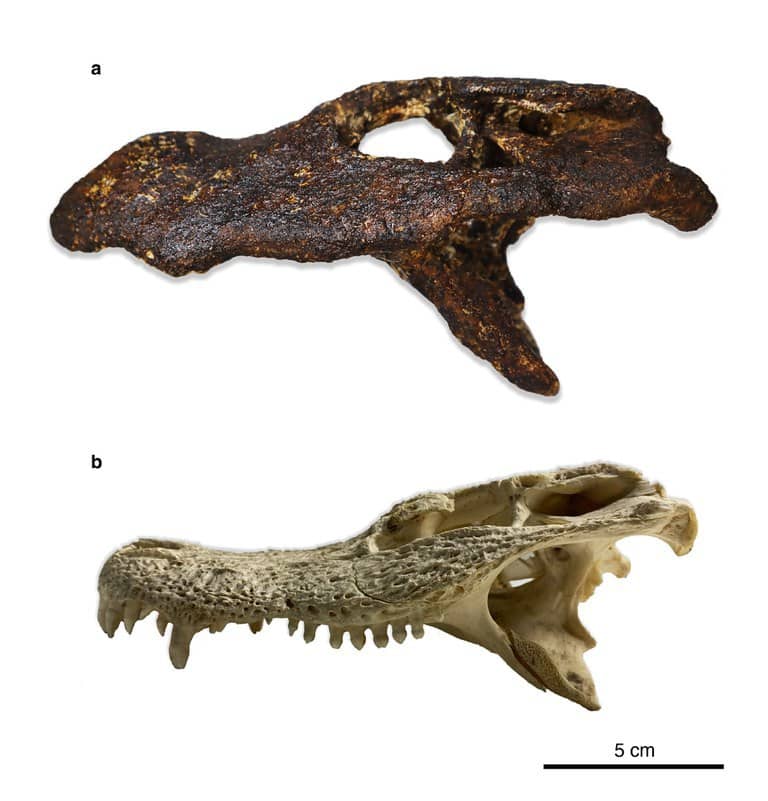Introduction
In a recent study, scientists have made a remarkable discovery of an unknown alligator species that once flourished in ancient Thailand approximately 230,000 years ago. This finding sheds light on the evolutionary history of Asian alligators.
Identification and Research
Alligator munensis
The new species, named Alligator munensis, has been identified as having a close evolutionary connection with the Chinese alligator. This revelation comes after an extensive examination of a nearly complete fossilized skull, estimated to be no older than 230,000 years.
The remarkable fossil was unearthed in the Ban Si Liam area of Nakhon Ratchasima Province, about 300 km (186 miles) northeast of Bangkok. In a nod to the nearby Mun River, this newfound species has been named Alligator munensis.
Distinctive Skull Characteristics
The distinctive skull characteristics of Alligator munensis include a broad and short snout, a tall skull structure, a reduced number of tooth sockets, and nostrils positioned farther away from the snout's tip.
Habitat and Comparison to Other Alligator Species
As a member of the Crocodilia order, the alligator is a sizable semi-aquatic reptile, primarily inhabiting freshwater environments, unlike crocodiles, which can be found in both freshwater and saltwater habitats.
Currently, there are two known living alligator species: the American Alligator (Alligator mississippiensis) and the Chinese Alligator (Alligator sinensis), also known as Yangtze alligators, residing in a small region in northeastern China.
Evidence of Evolutionary Connection
To understand the evolutionary connections of this newfound species with others, researchers thoroughly analyzed the fossil remains and compared them with 19 specimens from four extinct alligator species and the living alligators.
Shared Features with Chinese Alligator
The study revealed that the skull of Alligator munensis shares several features with the Chinese alligator, such as a small opening in the roof of the mouth, a ridge on the top of the skull, and an elevated ridge behind the nostrils.
Possible Common Ancestor and Divergence
Scientists propose that these two species might have originated from a common ancestor, living in the lowlands of the Yangtze-Xi and Mekong-Chao Phraya river systems. The rise in elevation of the southeastern Tibetan Plateau between 23 million and 5 million years ago could have caused a separation between their shared ancestors, leading to the emergence of distinct species.
Dietary Insights
Furthermore, researchers noted the presence of large tooth sockets at the back of the ancient alligator's mouth, indicating its potential for possessing robust teeth capable of crushing shells. This suggests that its diet likely included hard-shelled prey, such as snails, and possibly other animals.




